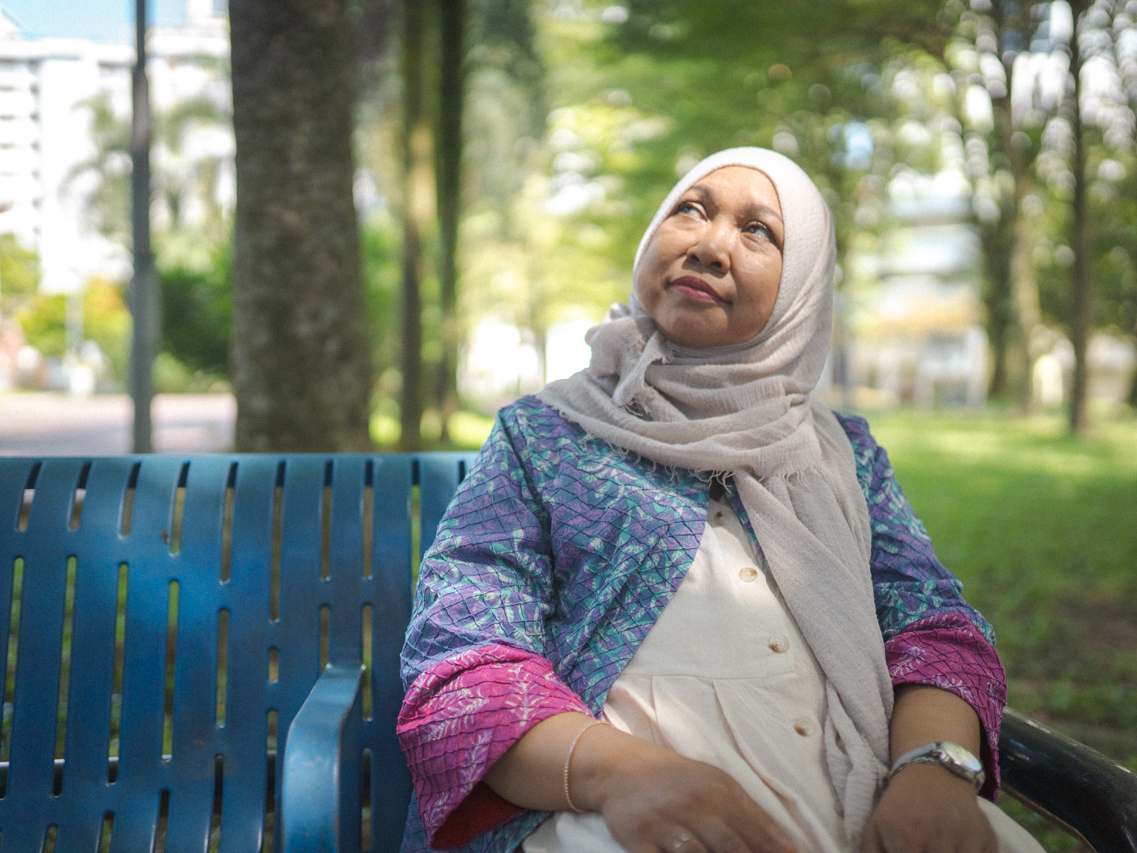All images by Zachary Tang for RICE Media.
What is the cost of staying alive with a mind that demands your death? I ponder the question while talking to Lu*, a friend who lives with bipolar disorder and spends upwards of S$1,500 a month on psychiatric treatment.
In today’s day and age, it’s more common than ever to see social media tributes and corporate campaigns encouraging people to #reachout and #gethelp.
While raising awareness around mental illness is a step in the right direction, there is a lack of acknowledgement given to what comes after getting help.
The reality is that the problems that accompany mental illness do not come to a grinding halt after help is found. For many across Singapore, mental illness is a lifelong battle that can extend to years beyond the point of #reachingout and #gettinghelp.
Being in long-term psychiatric treatment often comes with a hefty price to pay—especially when it involves more severe and long-term conditions like bipolar disorder and schizophrenia.
An Unavoidable Financial Burden
As the world emerges from the wreckages of COVID-19, inflation, rising costs of living and economic uncertainty mean that more Singaporeans are facing bigger challenges to make ends meet.
For people here who struggle with mental health, seeking treatment—which frequently involves medication, therapy, and sometimes hospitalisation—places an additional financial burden upon their shoulders.
Yohanna Abdullah is a Singaporean 55-year-old Content Specialist at Club HEAL, a mental health organisation, who was diagnosed with Bipolar 1** disorder in 1998. The single mother continues to seek treatment for her condition to this day.
Bipolar I disorder is defined by manic episodes that last at least a week. At work, someone suffering from Bipolar I may teeter between being extremely productive or largely disinterested. It makes maintaining a full-time job challenging especially on a career path that demands the individual always be at their best.
Other sufferers experience manic symptoms that are so severe that they may need immediate hospital care.
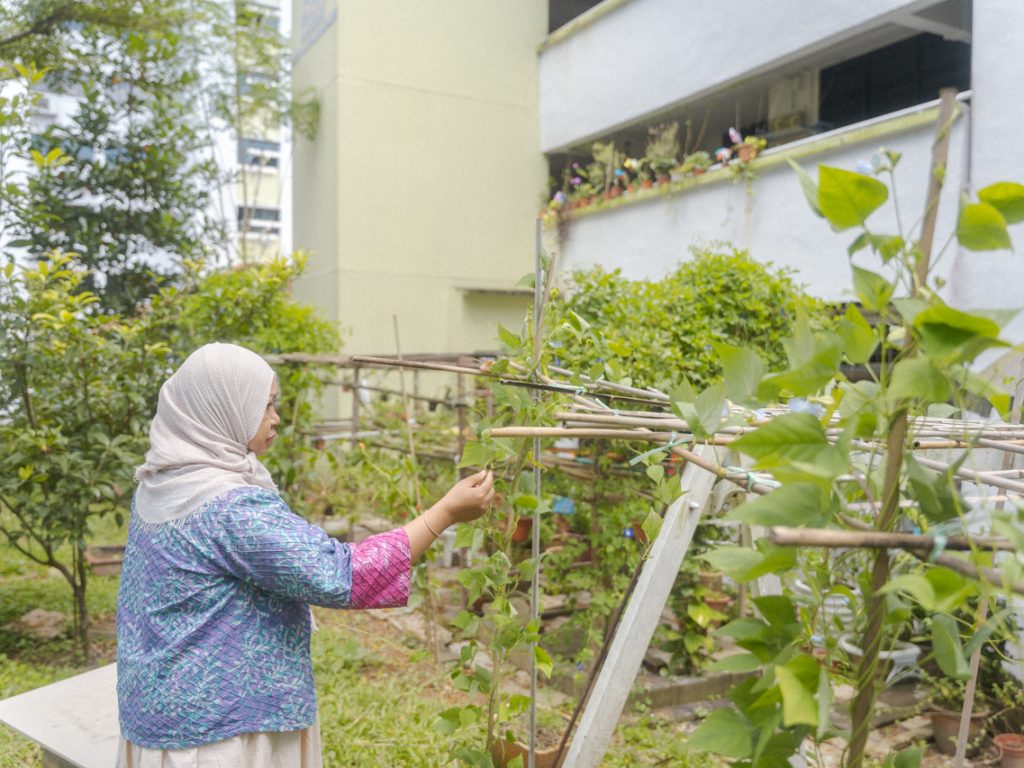
“There would be one year where I’d be coping very well, and then suddenly there would be three years of constant hospitalisations,” she recalls.
“The peak was in 2018 when I was hospitalised three times in six months.” Her most recent relapse was in September 2022, when she was warded at the Institute of Mental Health.
$90k Poorer
The cost of her frequent hospitalisation did not come cheap. Since 1998, Yohanna has experienced about 30 manic episodes, each episode costing her between S$1,500 to S$3,000 worth of hospitalisation fees, medication, and sometimes Electroconvulsive Therapy (ECT).
ECT is a psychiatric treatment that involves passing small electric currents through the brain to induce a brief seizure. It is commonly used for patients with severe major depression or bipolar disorder who have not responded to other treatments such as psychotherapy and medications.
Because ECT is a medical procedure requiring several medical professionals’ time, space, and resources, the treatment is expensive. Especially when compared to the usual medication or therapy services.
This means that over 24 years, Yohanna has spent between S$45,000 to S$90,000 on mental health treatment.
She is unsure how much of this amount was subsidised over the years.
While therapy is often heavily subsidised at public hospitals, long waiting times and large pockets of time between appointments mean that many people with severe illnesses are forced to seek help in private clinics. This, of course, increases costs.
Foreigners like migrant workers, immigrants, and foreign students don’t even have the option of subsidised care. In Singapore, subsidised care is only accessible to Singapore citizens and permanent residents.
For Raelyn*, the cost of recovery from her suicide attempt has been monumental, even with subsidies.
The 21-year-old Singaporean attempted suicide at the age of 16, which resulted in severe spinal injuries, various orthopaedic conditions, and legs that were so heavily broken that doctors considered amputation.
Raelyn attends therapy at a private clinic for an hour every week, which costs S$270 a session. Her medication—which includes antidepressants, antipsychotics, tranquilisers, mood stabilizers, and nerve medicine—costs S$250 a week.
She also sees her psychiatrist twice a month for follow-ups on her psychological state, costing her S$50 each time. In total, Raelyn spends S$2,180 a month on mental health treatment.
This does not include the cost of physical rehabilitation, which ranges anywhere from S$50 to S$400 (or more) per session.
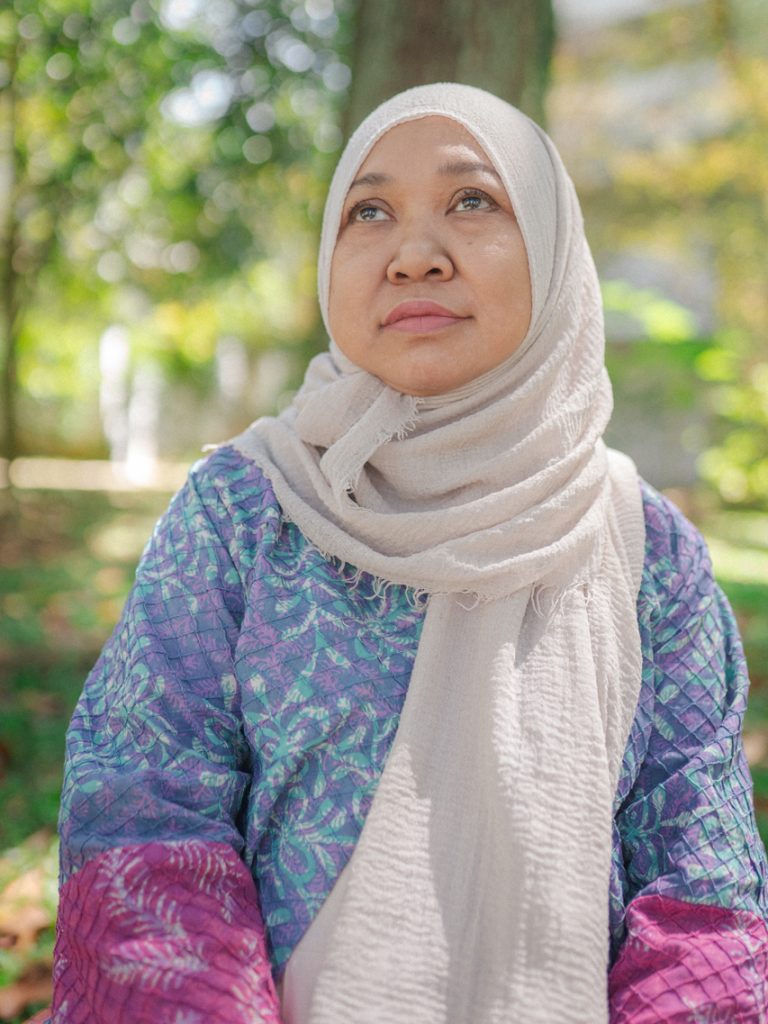
Costly and Lifelong
Like Raelyn, Yohanna had to deal with hefty treatment costs for much of her life.
When she was first diagnosed, Yohanna used up her MediSave funds after being hospitalised. After her MediSave ran out, her father paid her bills with his own MediSave.
According to Singapore’s Ministry of Health, MediSave is a national medical savings scheme that helps individuals set aside part of their income to pay for their personal or approved dependents’ medical expenses, as well as their healthcare needs in old age.
In the years that followed, as a part-time employee and mother supporting two children, Yohanna often had to turn to government financial assistance.
Even now, despite working full-time, she constantly worries about her medical bills, especially because one of her prescribed medications is a newer drug that has not yet been subsidised.
“Even though I’m a patient at a government hospital, my most recent bill was S$280 just for one consultation and medication,” she recounts.
“I seriously wonder how I’m going to afford my medical bills.”
Nonetheless, Yohanna believes she can manage her bills as long as she works. Once she retires, she hopes she can use her children’s Medisave to pay her medical bills, given they don’t need it for themselves yet. If they do need it in the future, then she may consider applying for financial assistance.
For Raelyn, treatment costs for her mental health are paid for by her parents.
“I’ve used up my personal MediSave, while my dad has used up his through paying my bills,” she says. “I am now using my mother’s.”
Raelyn declines to discuss her family’s plans once her mother’s MediSave funds run out.
Beyond the Financial Toll
Beyond finances, staying alive while grappling with a long-term mental health condition also takes a heavy mental and physical toll.
For many, a major part of being in psychiatric treatment is getting on medication. While most people see immediate changes with their first few courses of medication, this is not always the case.
Layla*, 18, was diagnosed with Bipolar 2** disorder when she was 13. In the years since, she has cycled through a multitude of medicational combinations—her cocktail of drugs changes at least five times a year.
Layla attends family therapy with her parents, which costs about S$225 a session. She also attends individual therapy, which costs around S$70 to S$80 a session. Layla sees her psychologist twice a month and her psychiatrist once a month. Her parents bear the financial expenses of her medication and treatments.
Despite this, she has seen little improvement in her symptoms.
“They’ve only gotten worse,” she says.
Layla continues to struggle with emotional dysregulation, intense suicidal thoughts and mood swings. She has been hospitalised more frequently than ever.

Many psychiatric medications come with side effects. In Layla’s case, these side effects—such as headaches, fatigue, nausea, restlessness, and weight gain—hindered her ability to function in daily life. She had little choice but to drop out of school.
“The worst part is that I can’t really talk to other people about what I’m going through because they won’t empathise with me the way they might empathise with, for example, someone suffering from period cramps,” she says.
It is only recently, after discovering a combination of Quetiapine, an atypical antipsychotic, and Lithium, a mood stabiliser, that Layla found some semblance of relief. While her manic symptoms have decreased, her medication had little effect on her depressive symptoms.
Being warded so many times, too, poses a significant physical and mental impact. Between February 2021 and September 2022, Layla was warded four times.
“I am tired of getting better, of trying and trying and trying. I feel like I’ve given my all, but it still isn’t enough,” she says. She adds that “the truth is that I may never get better, and I want the people in my life to know that. I might go through this forever.”
Help is Available—With Caveats
Dr Victor Kwok, the former Head of Psychiatry at Sengkang General Hospital and now Senior Consultant at Private Space Medical Centre, shares that “the vast majority of medications in general hospitals are under heavy subsidy.”
Be that as it may, some patients may need to resort to newer, unsubsidised medications when older ones fail to work.
He reiterates that patients with financial difficulties can reach out to medical social workers for subsidies.
“Newer medications are sometimes available in public hospitals. These could be new antidepressants or new antipsychotic medications—but they are not always subsidised,” Dr Kwok admits.
“If the patient truly needs to be on the newer medications, and they have tried the older medications without success, social workers in public hospitals will try to fund the medicine for them if they cannot afford it.”
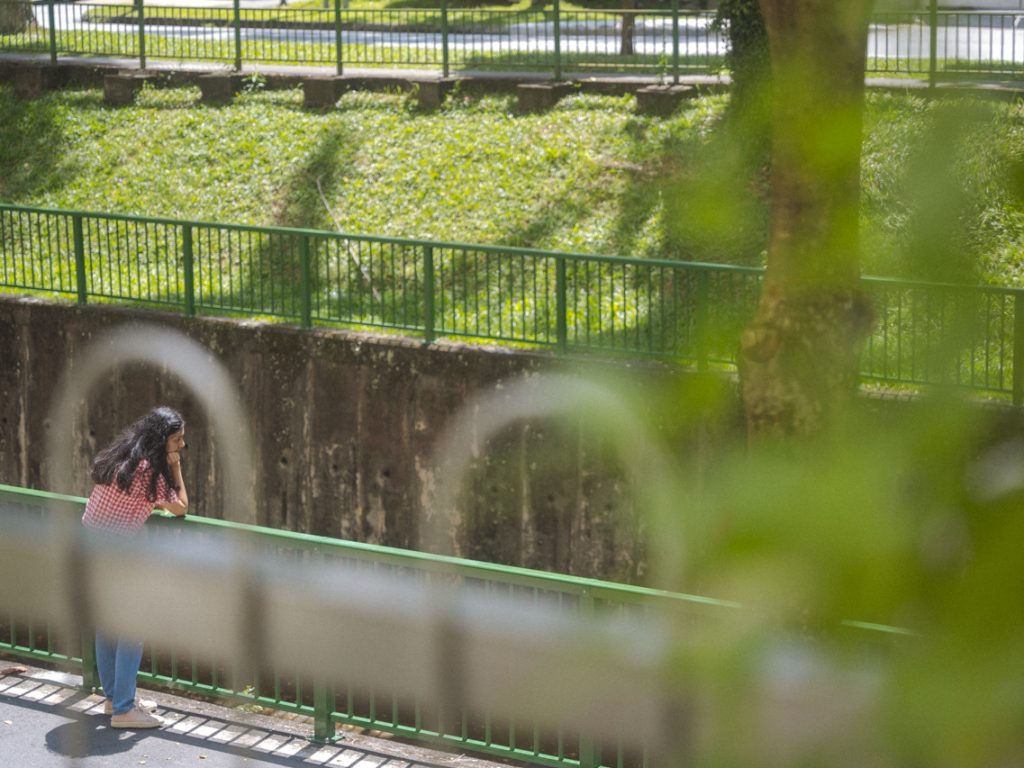
At public hospitals, patients with financial difficulties can turn to financial counsellors, who can help them find ways to settle medical bills based on eligibility.
They can also turn to Medical Social Workers, who, according to Singapore General Hospital, “link needy, eligible patients with external resources to meet their treatment costs.”
People with chronic mental health conditions can also turn to programmes such as the Chronic Disease Management Programme (CDMP), a financial program under MediSave which covers illnesses including schizophrenia, major depression, and bipolar disorder.
Patients with chronic conditions under the CDMP can also tap on government subsidies under the Community Health Assist Scheme (CHAS).
However, since 1 Jan 2021, patients under the CDMP can only use up to S$700 per patient yearly if they have complex chronic conditions, while other patients will only be able to use up to S$500 per patient yearly for their treatments.
Still, it is an improvement. Previously, only S$500 was allocated to patients with both simple and chronic complex conditions.
The annual withdrawal has also been changed from a per-account basis to a per-patient basis. This means that those with insufficient savings in their own MediSave can continue to tap into their family member’s accounts up to the prevailing withdrawal limit of S$500 or S$700.
But even while using MediSave, much of its coverage is restricted to inpatient psychiatric treatments. For cases that require follow-up or ongoing outpatient treatments, claim amounts are limited to S$500 a year for services at GPs, polyclinics, and Specialist Outpatient Clinics (SOCs) only.
For those with severe cases of mental illness like Raelyn, who spends over S$2,000 a month on treatments and medication, Medisave and other financial schemes can only reduce hefty monthly costs by so much.

The Social Cost
Daniel, a 36-year-old part-time health screener, was diagnosed with schizophrenia at age 18 while in National Service.
As a patient at a public hospital, he was previously on Paliperidone, which set him back about S$20 to S$30 per pill. He is currently on a generic version, Olanzapine which is subsidised. Previously, it costs around S$10 per pill.
When asked how he manages the cost, Daniel says that he has mostly had to rely on Medisave as he is eligible for the CDMP.
“I currently use a combination of Medisave/CDMP and Medifund to offset treatment fees, which is kinda depleting my Medisave savings,” he says. “But I worry that I won’t be able to afford healthcare fees when I reach my senior years.”
Daniel also speaks of the social cost of suffering from a long-term mental illness.
“The thing about mental illness is that it doesn’t just affect the person suffering from it—it affects everyone around them, including family,” he says.
“Every time I relapse, it generates a lot of shame around the family. That makes me feel extremely guilty. Because of this, I try my best to show my family that I am high functioning.”
“When I was warded in hospital, my brother offered to foot the bill, which came up to about $5,000,” he adds, “but told me not to go to the hospital again. To him, it was like, just take your meds, lah, stop causing so many problems.”
“It’s a social death sentence,” he says. “There is this misguided belief that once you are diagnosed with a disorder like schizophrenia, you will never be able to live a normal life or contribute to society.”
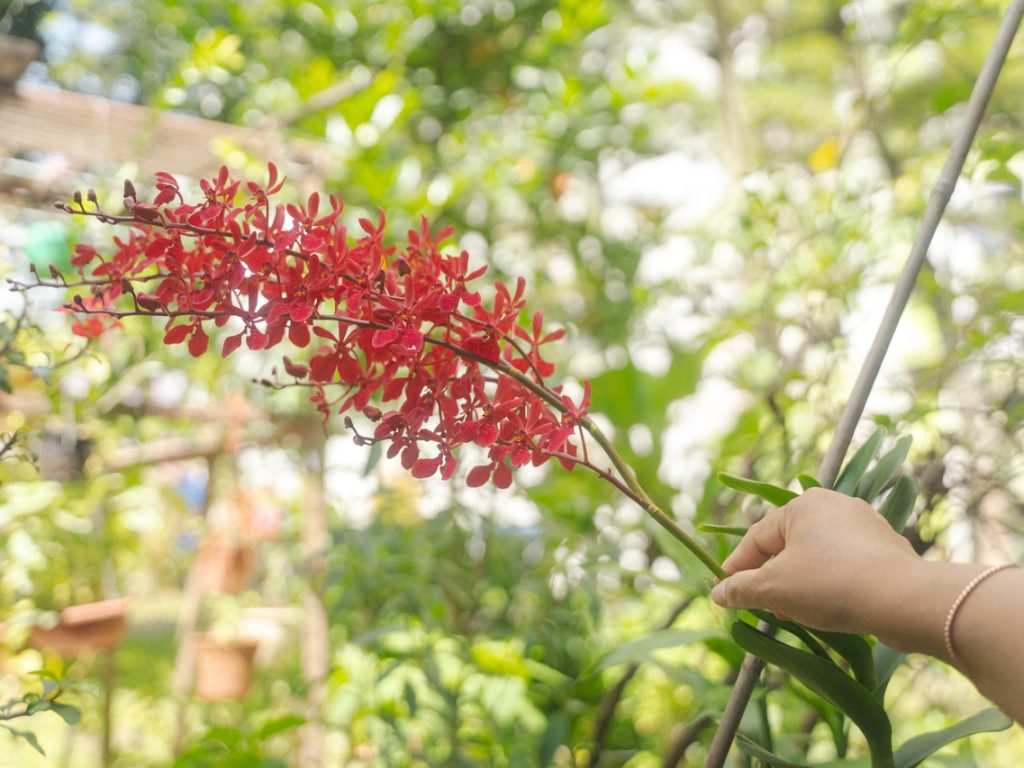
A Marker of Courage
Clearly, the costs of living with long-term mental health conditions are high. What, then, pushes sufferers to persist despite the constant challenges?
“The last time I was in the hospital, I just sat in my bed and cried,” Yohanna says. “I thought—I am 55 now. Will I be here again at 66? 77? 88?”
For the most part, however, she has made peace with the fact that her mental health journey will be a lifelong one. She now finds purpose and healing in being a mental health advocate and being the author of several books.
“People in long-term mental health treatment are warriors because we are constantly putting out one fire after another just to start all over again,” she asserts.
“It’s very tiring, but I want people to know that this is just another marker of our courage.”
For Layla, there is a sliver of hope in the form of repetitive transcranial magnetic stimulation, or rTMS, a treatment that involves applying magnetic pulses to the part of the brain associated with depressive symptoms.
Unsubsidised, the treatment costs around S$350 per session and typically requires 20 to 30 sessions in total to be effective.
After five years, rTMS is one of the only treatments that effectively alleviated Layla’s symptoms, allowing her to focus better and experience fewer suicidal thoughts.
“Although I have stopped going for my rTMS sessions, I do have some hope that there is something that helped before, so maybe it will help again,” Layla says.
For Daniel, what keeps him going is remaining in service to others. Volunteering is his coping mechanism—one that allows him to find more meaning and purpose.
“I am driven by the fight towards a better future,” he says. “I continue to live because of the faith and courage to live through the days and take each day as it comes.”
Still, the cost of staying alive is not always as simple as seeking treatment. Instead, it can extend into the complicated intersection of finances, physical health, and social relationships, exacerbating the painful realities of living with a long-term mental health condition.
The guilt of relying on family members and/or government assistance to cope with treatment costs, for example, can deepen feelings of worthlessness.
“Living with a mental illness is already hard enough as it is,” Daniel says. “I hope people don’t make it even more difficult. I hope people judge less and listen more.”
*Name has been changed to protect the profile’s identity.
**There are 2 types of bipolar disorders—Type I and Type II. Type I manifests in more manic than depressive episodes. Having manic episodes can mean landing in the hospital more than people who have Type II. Type II involves milder mood elevations, and less intense episodes of hypomania and severe depression.

